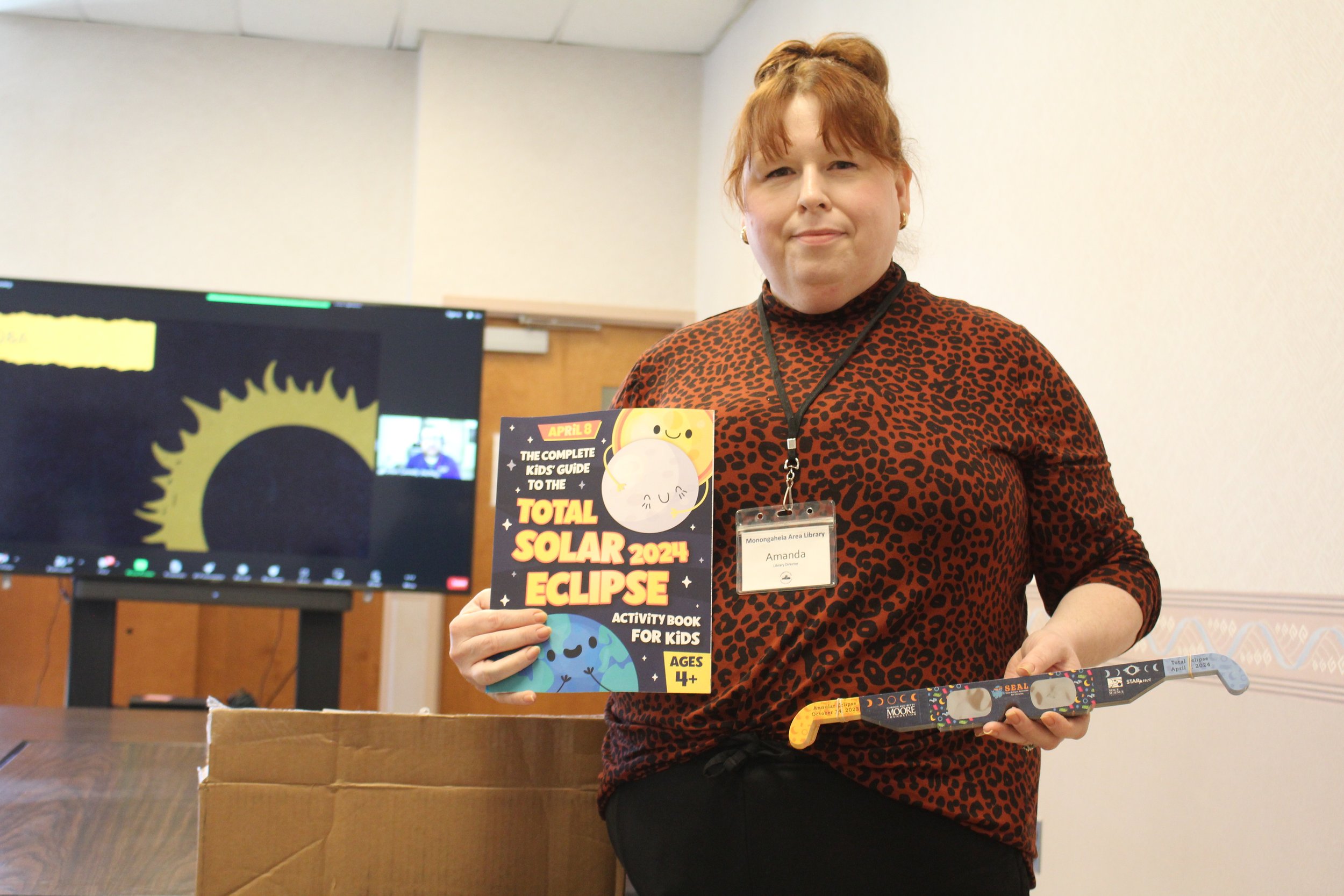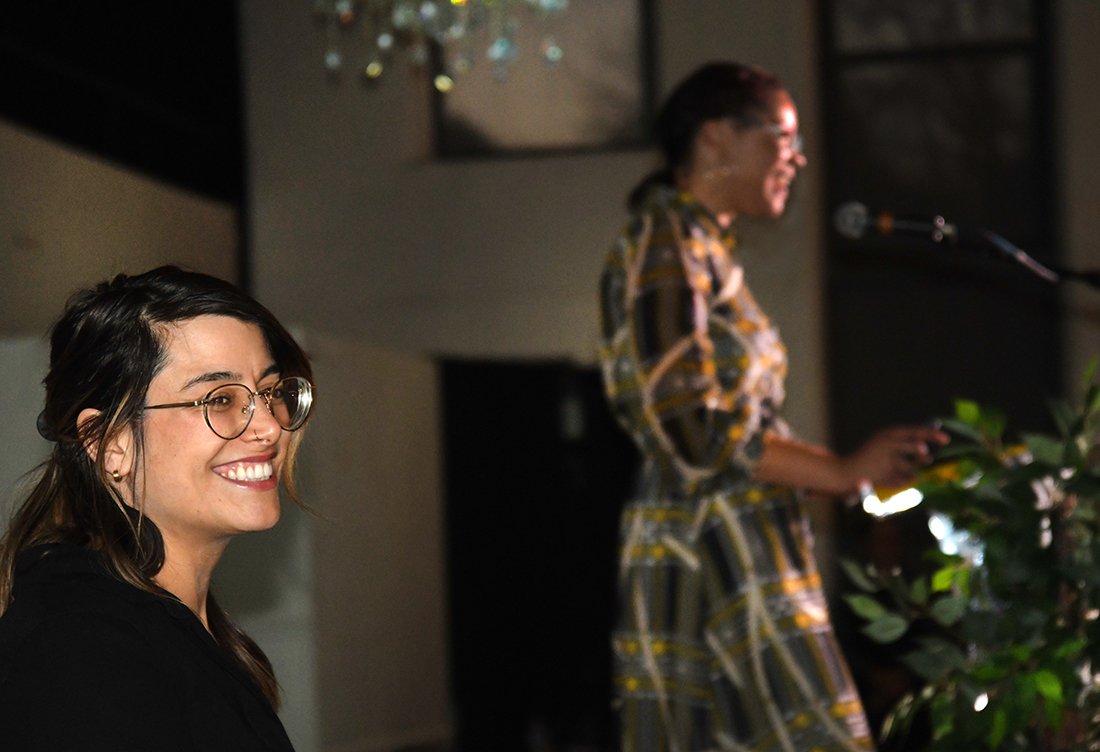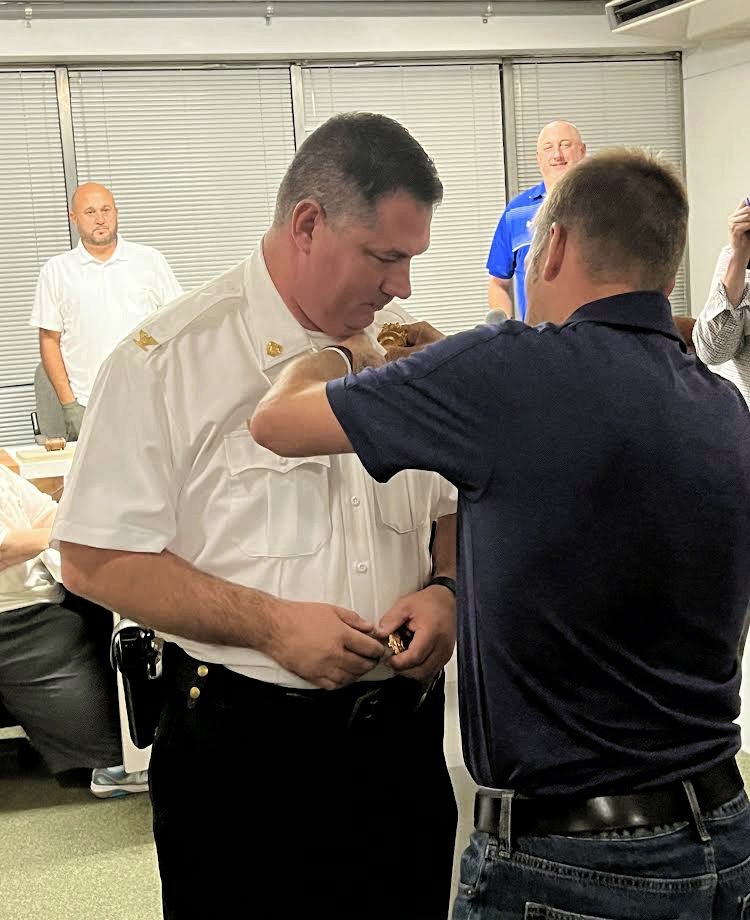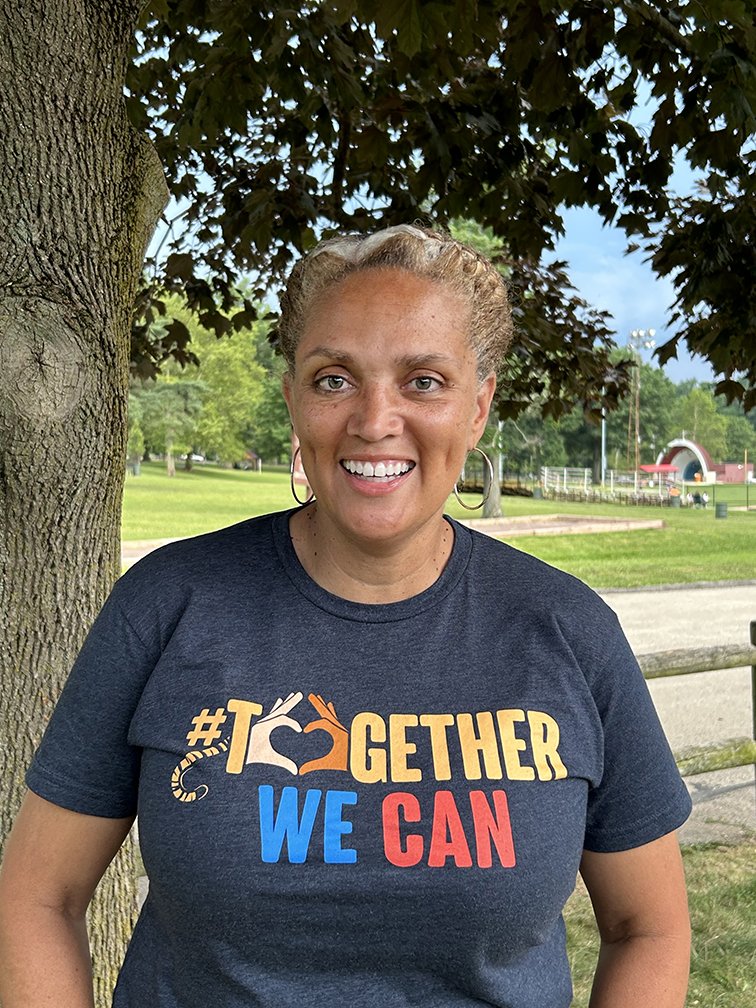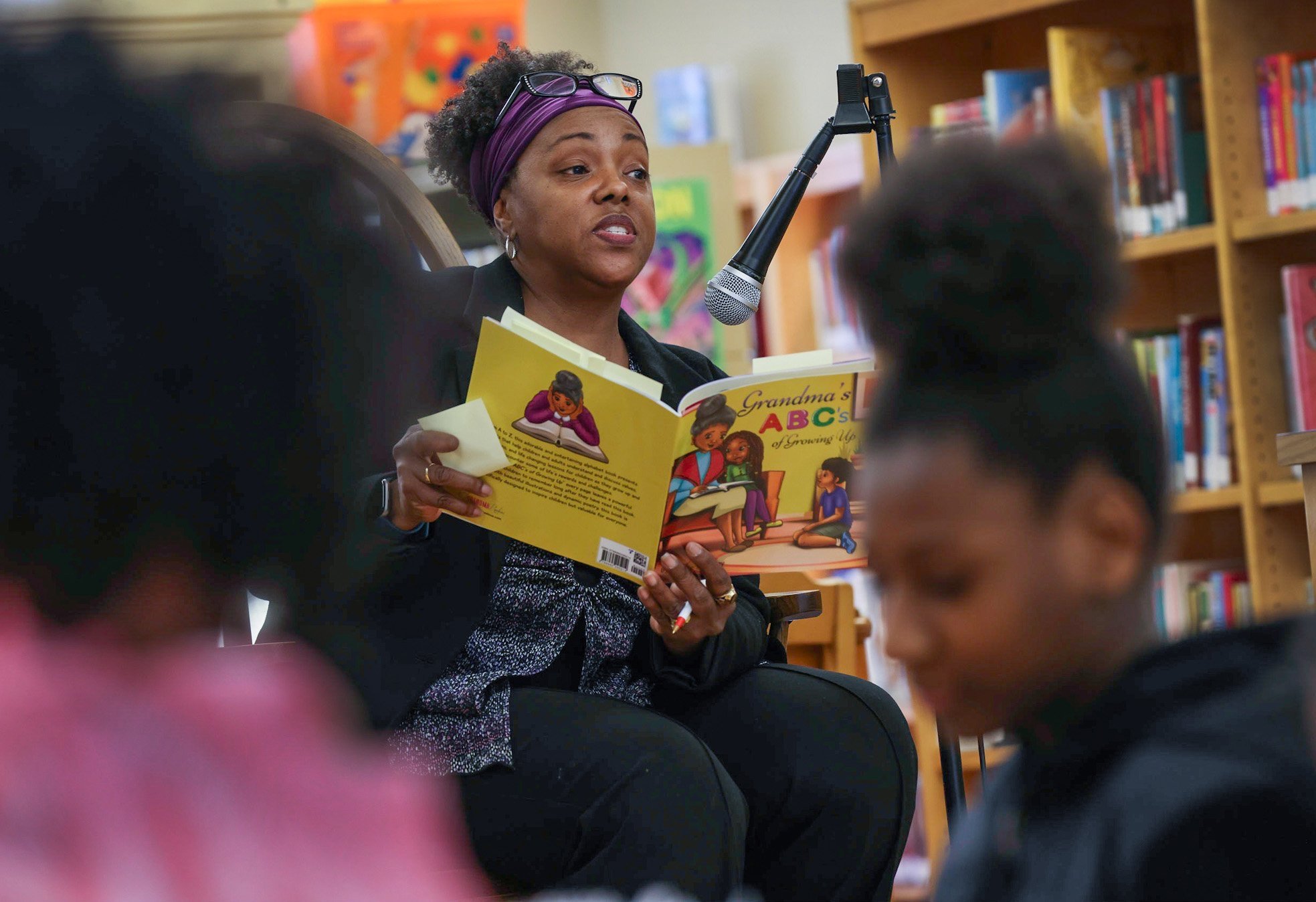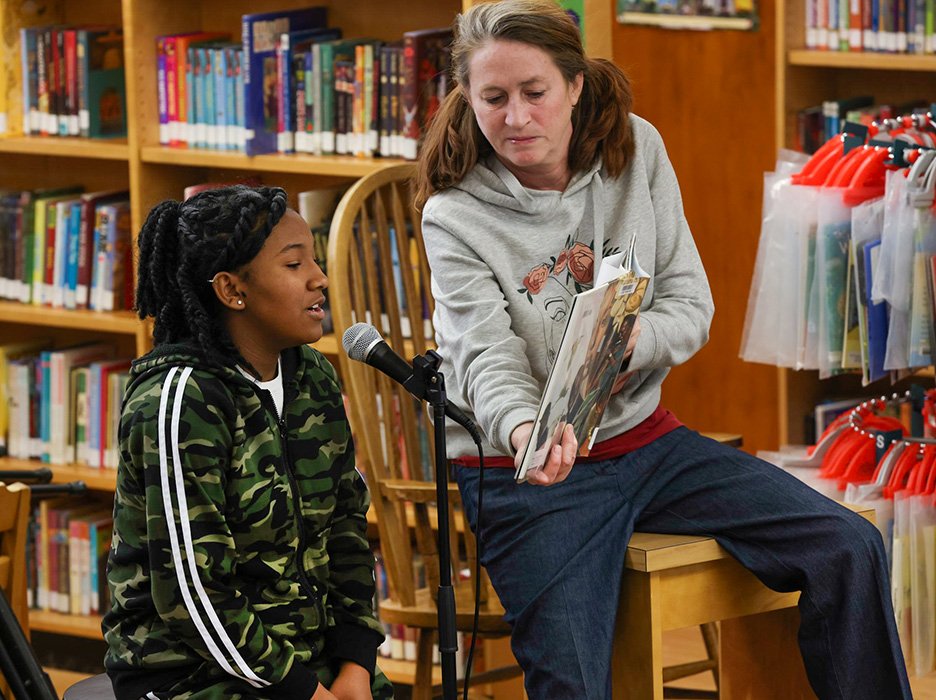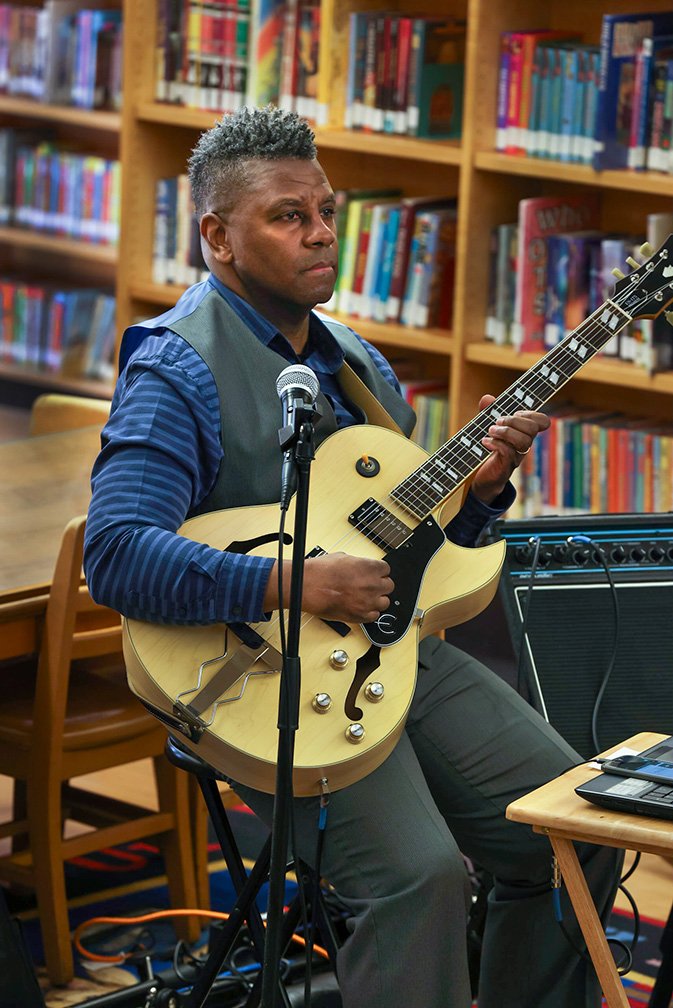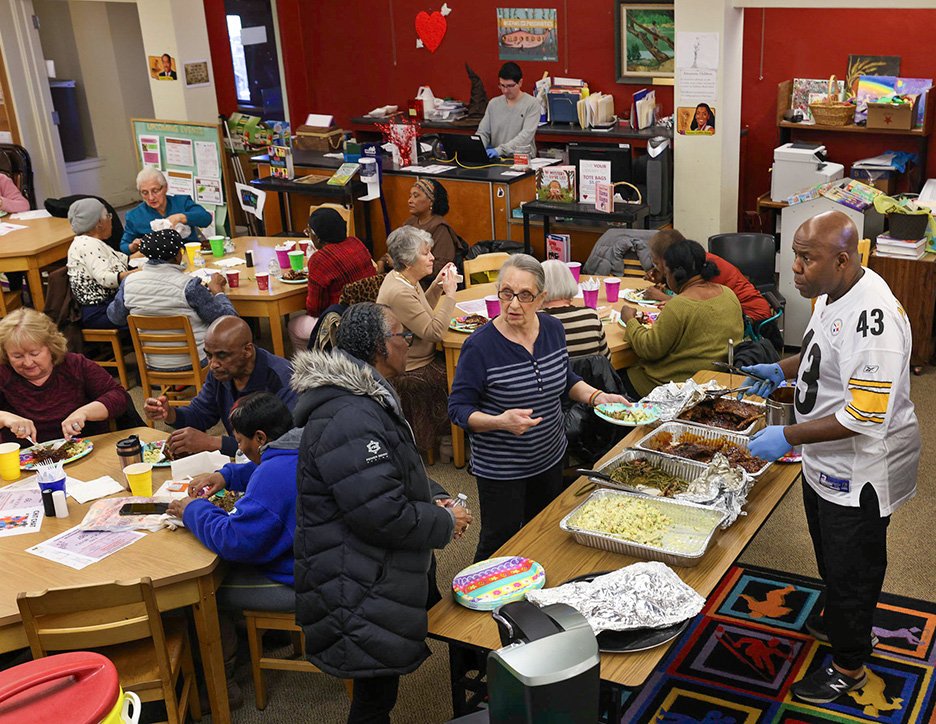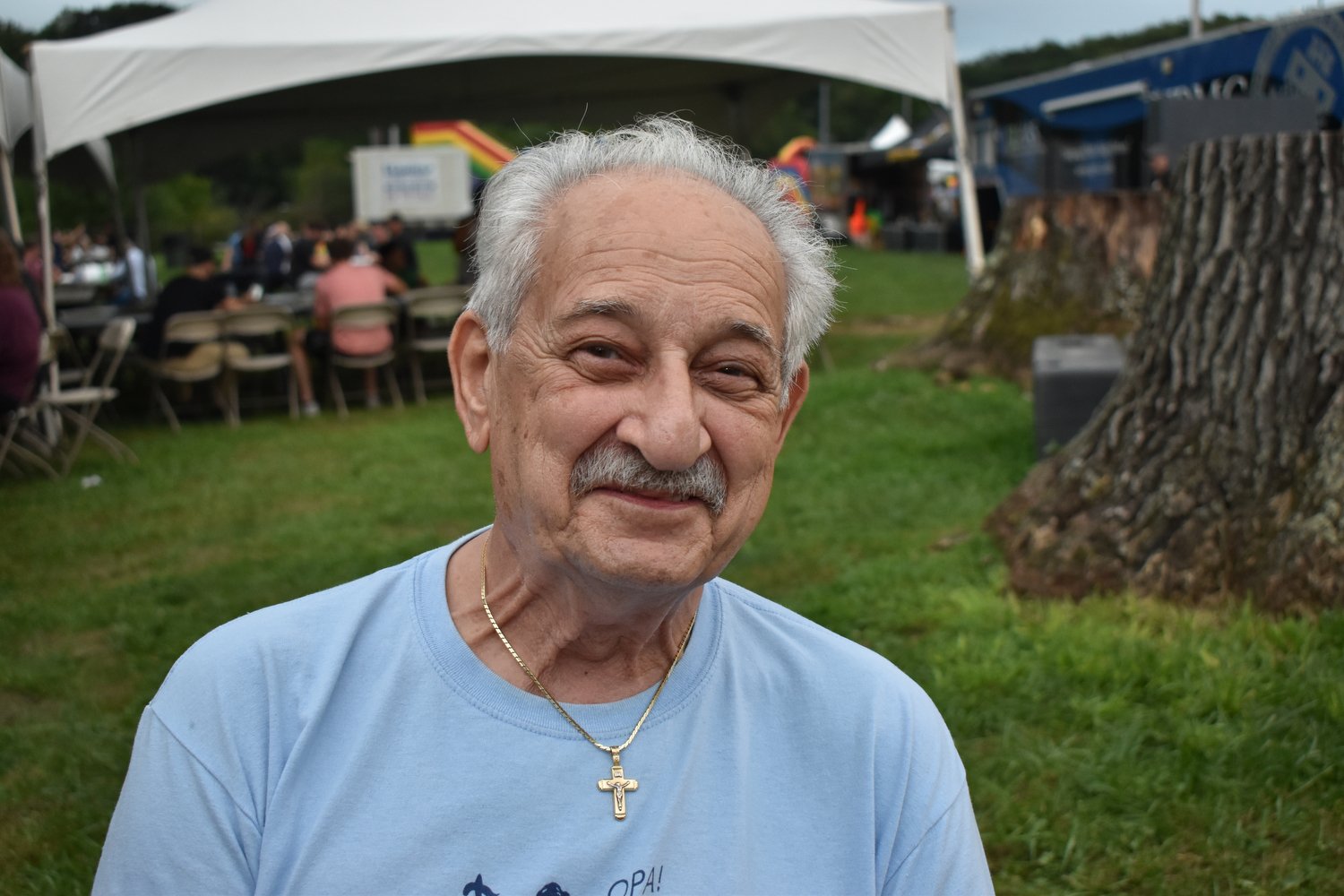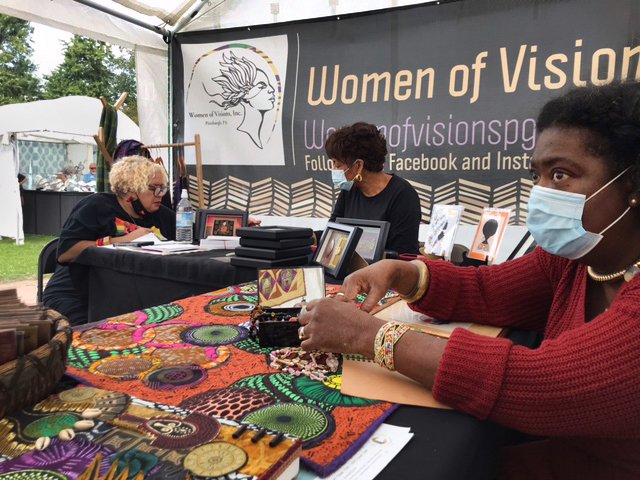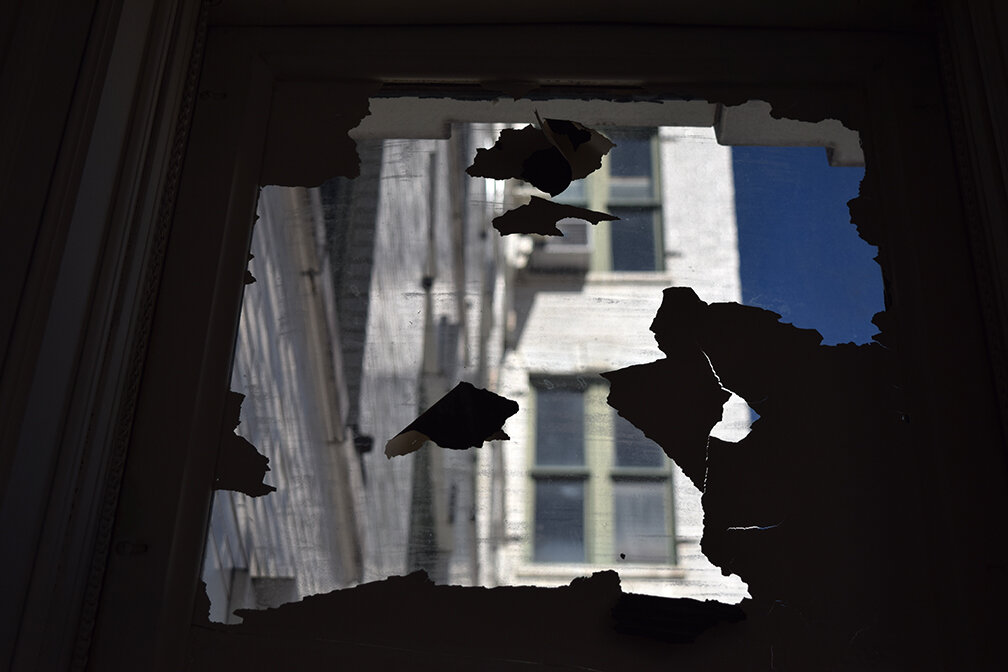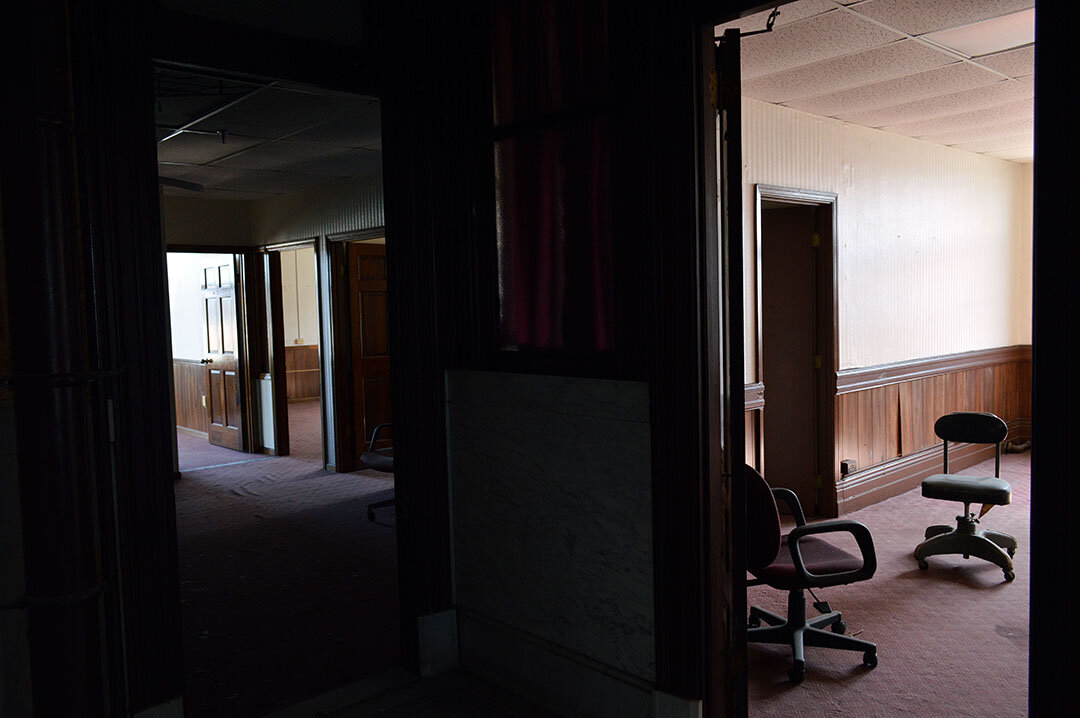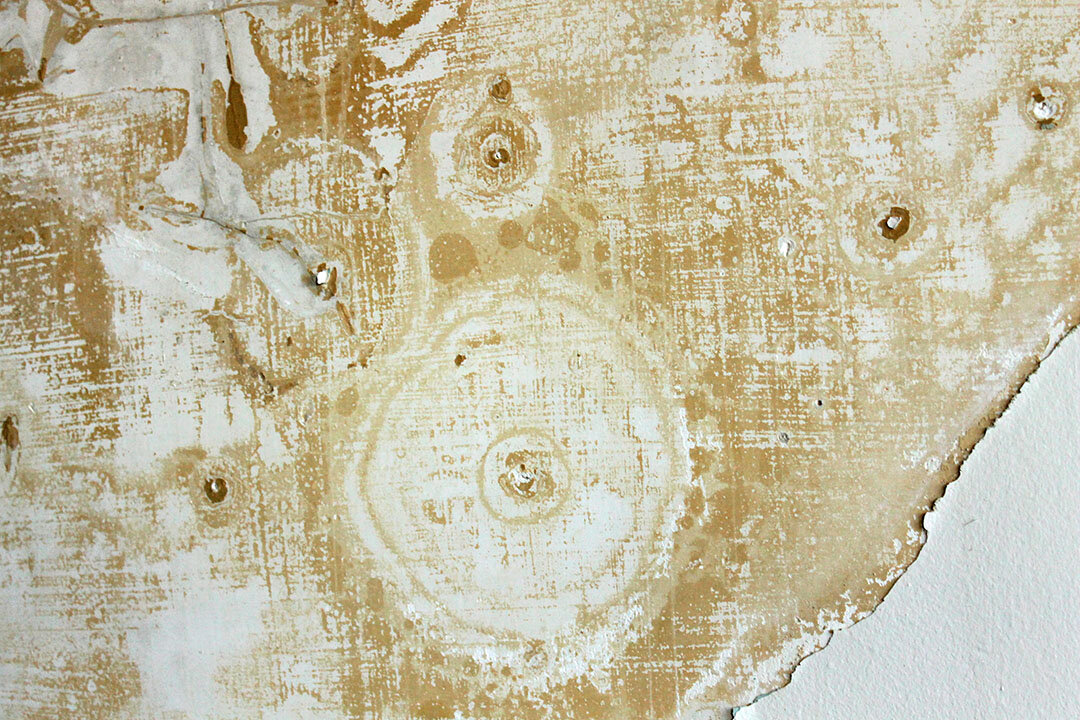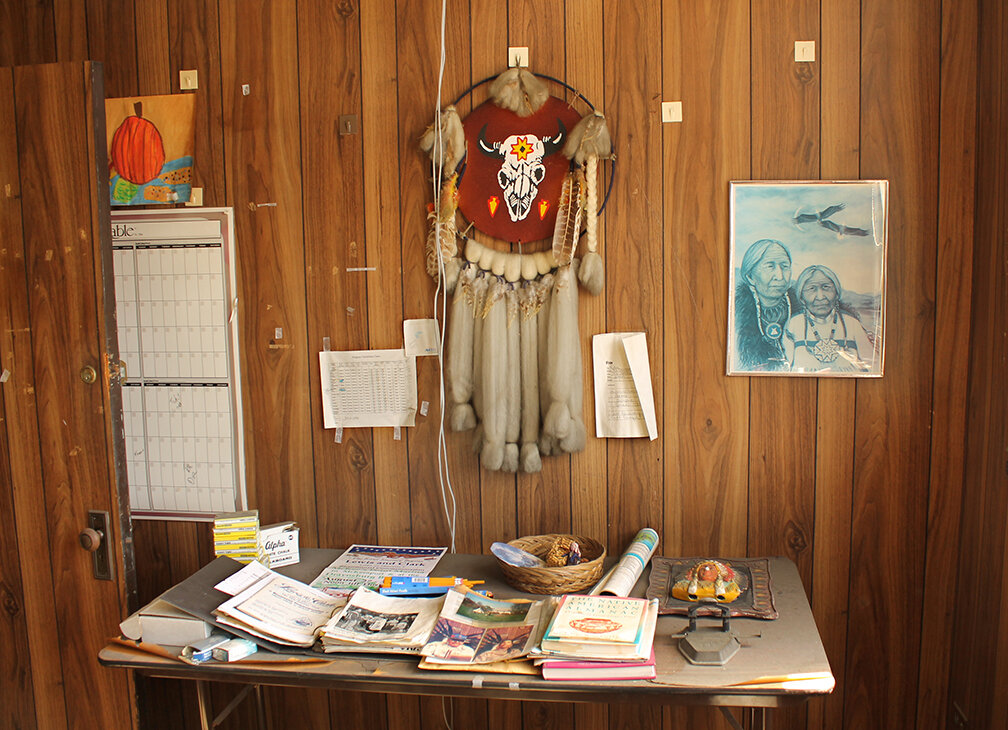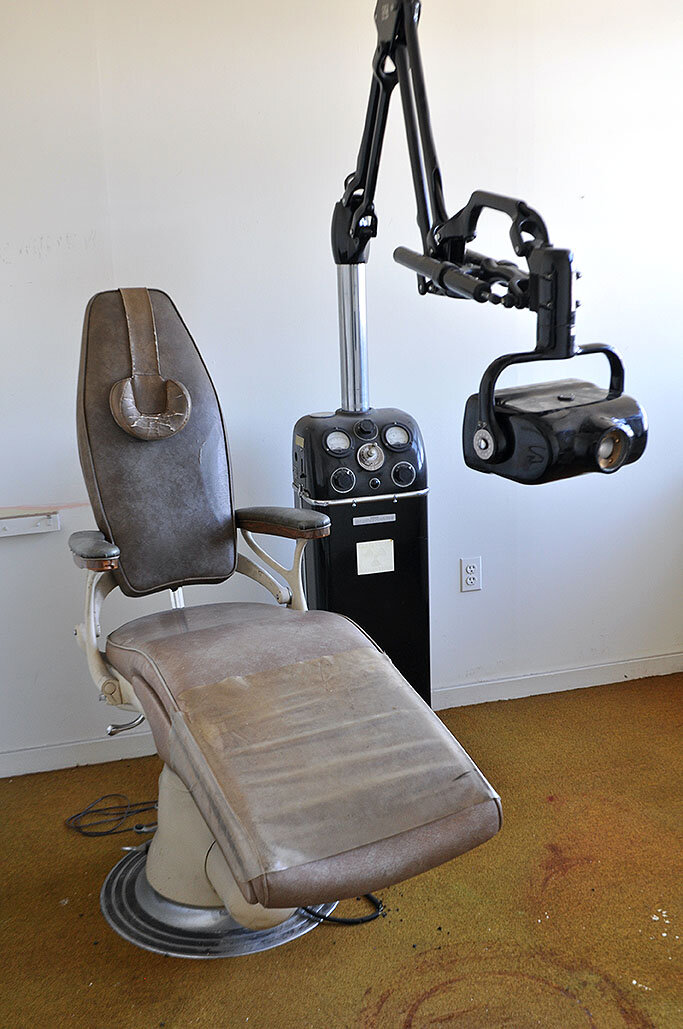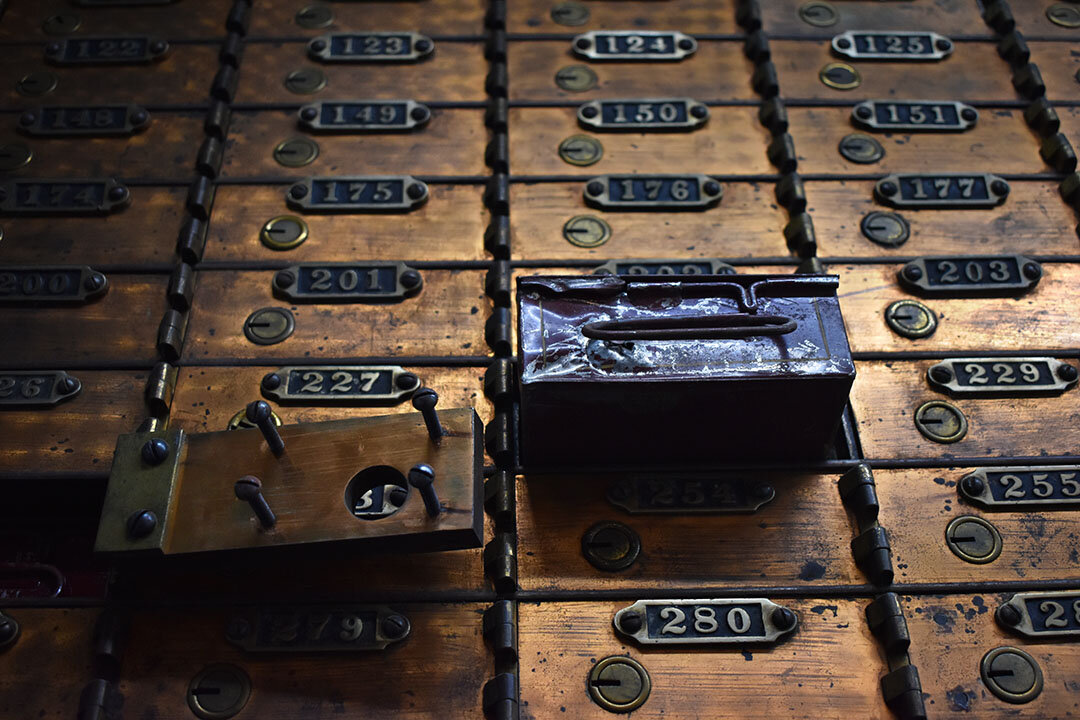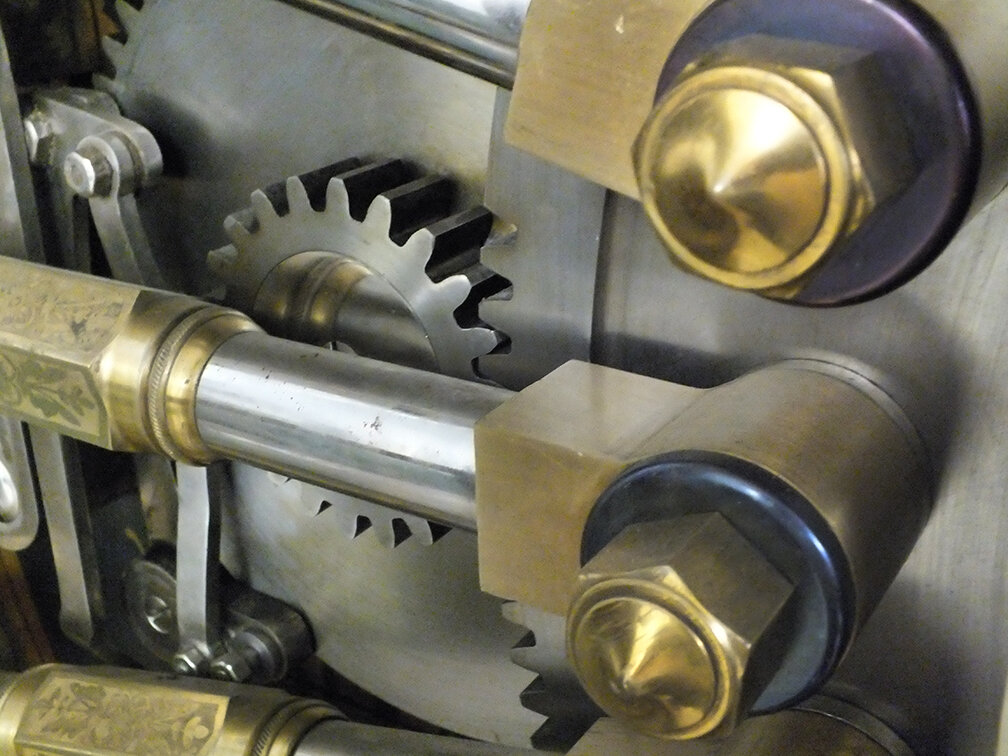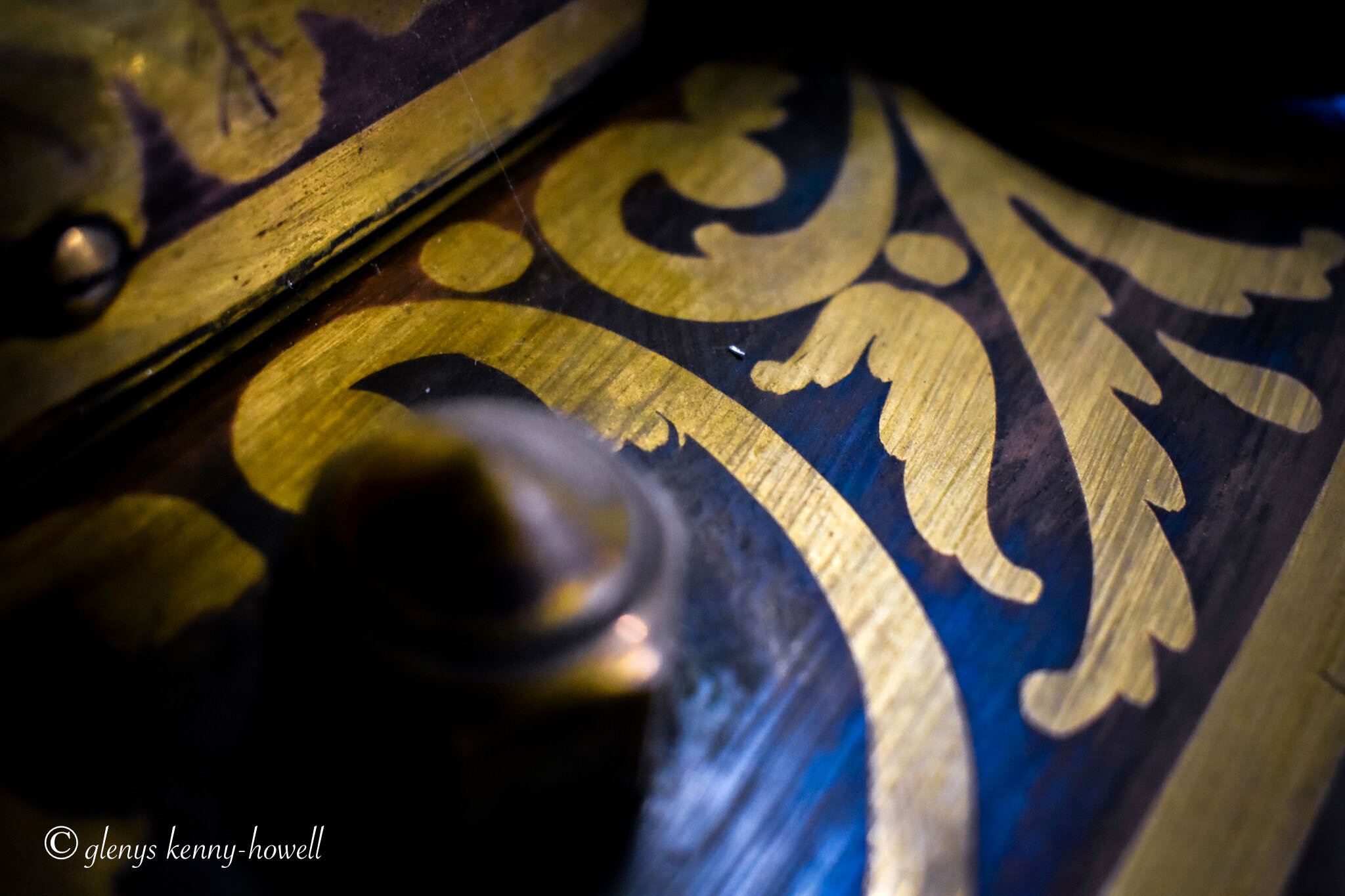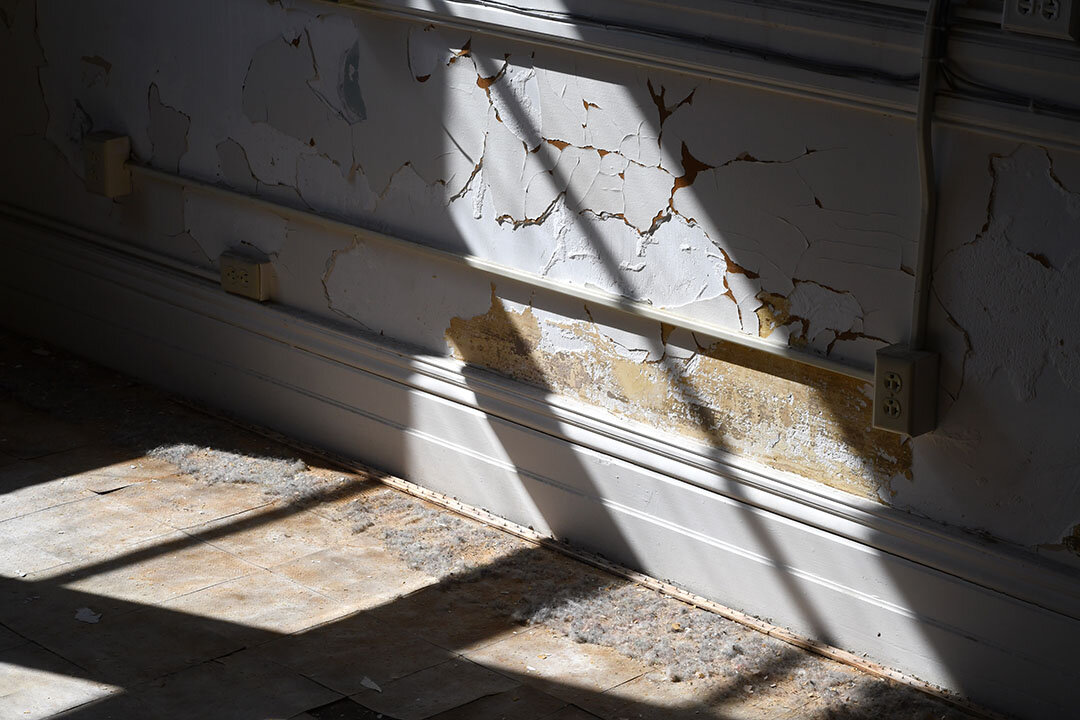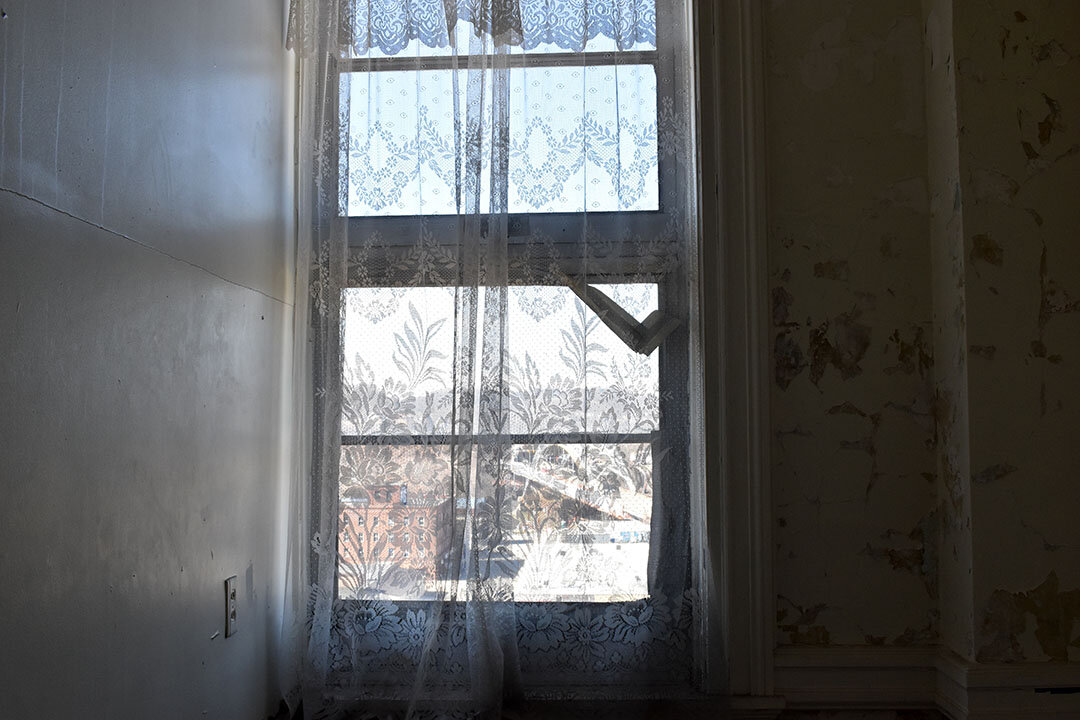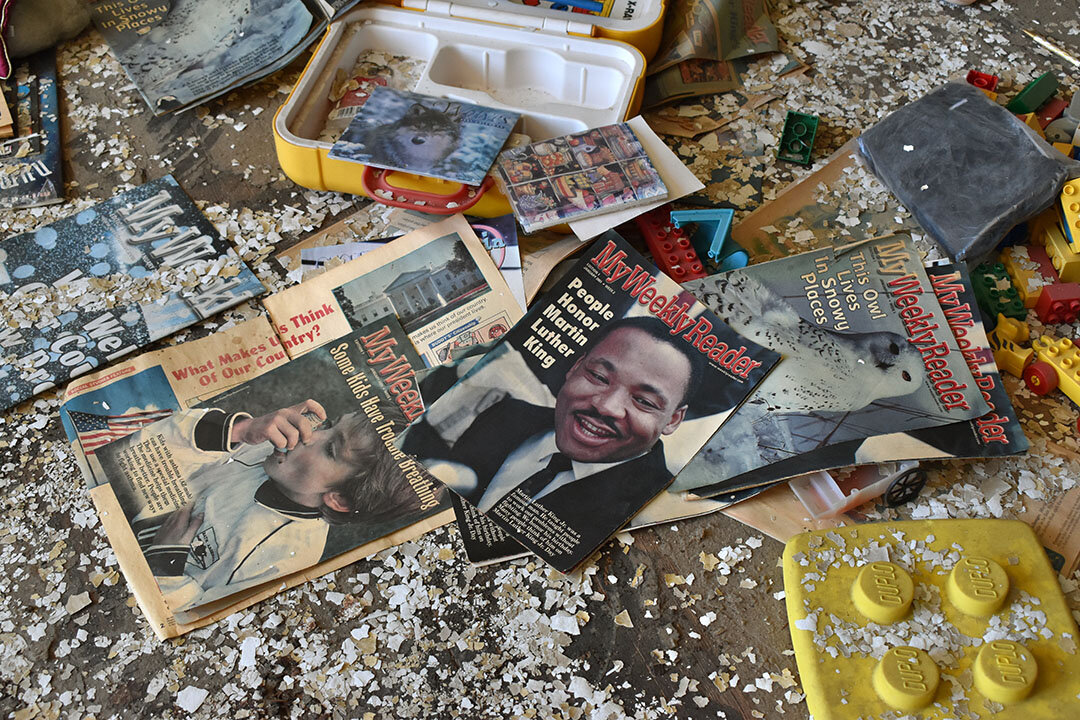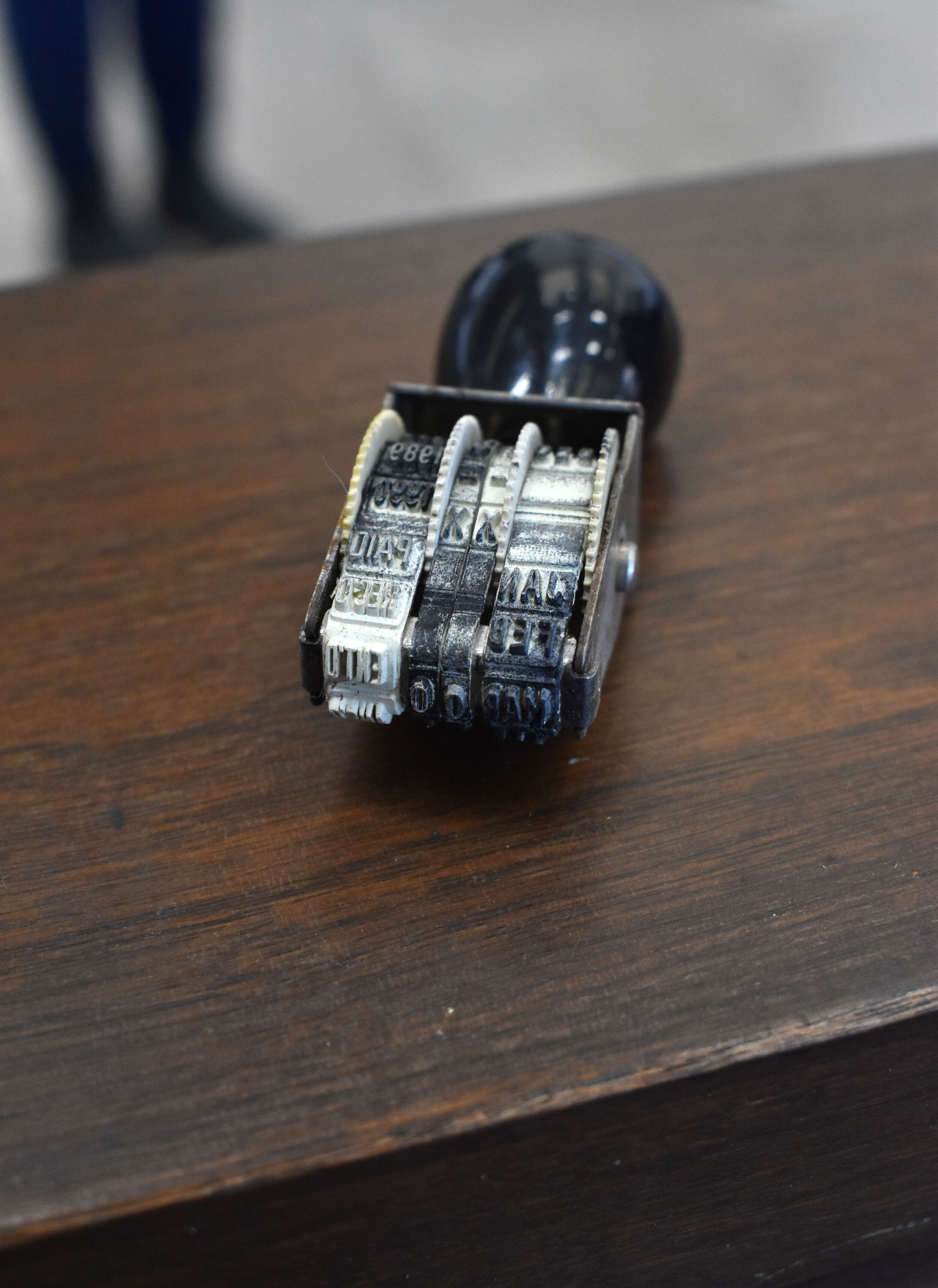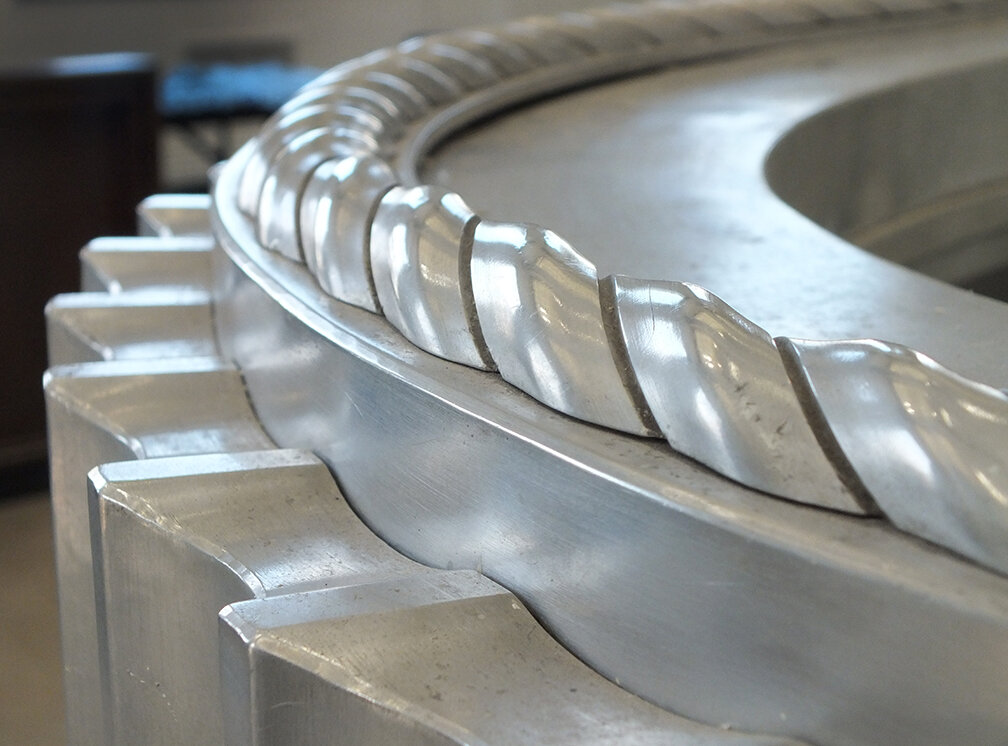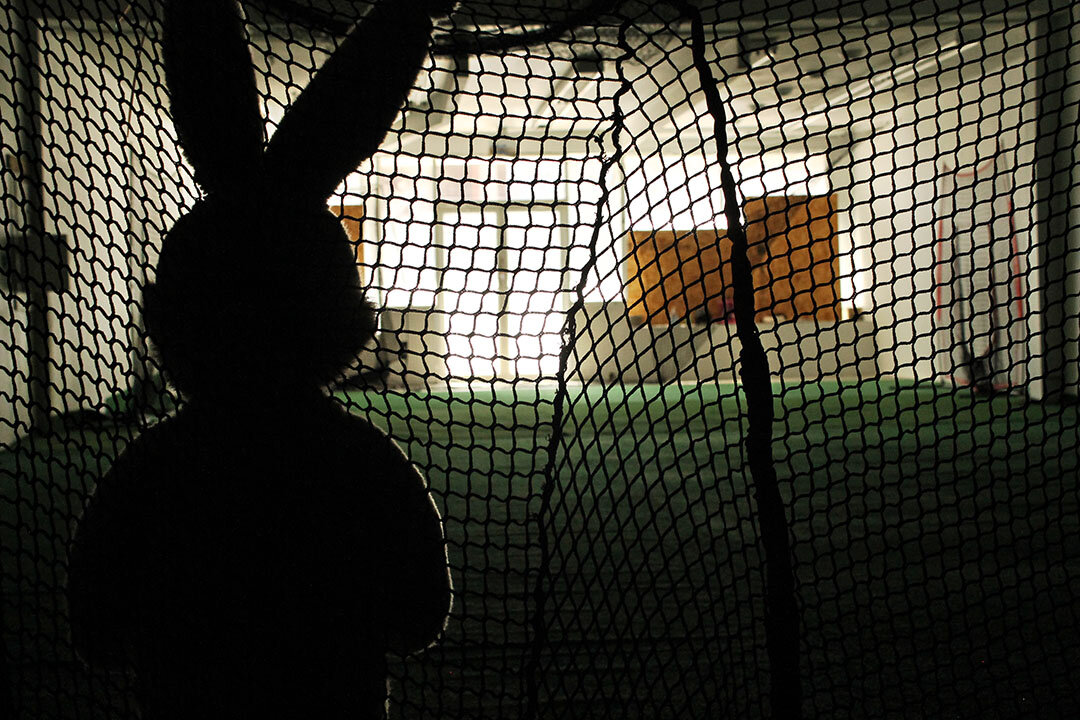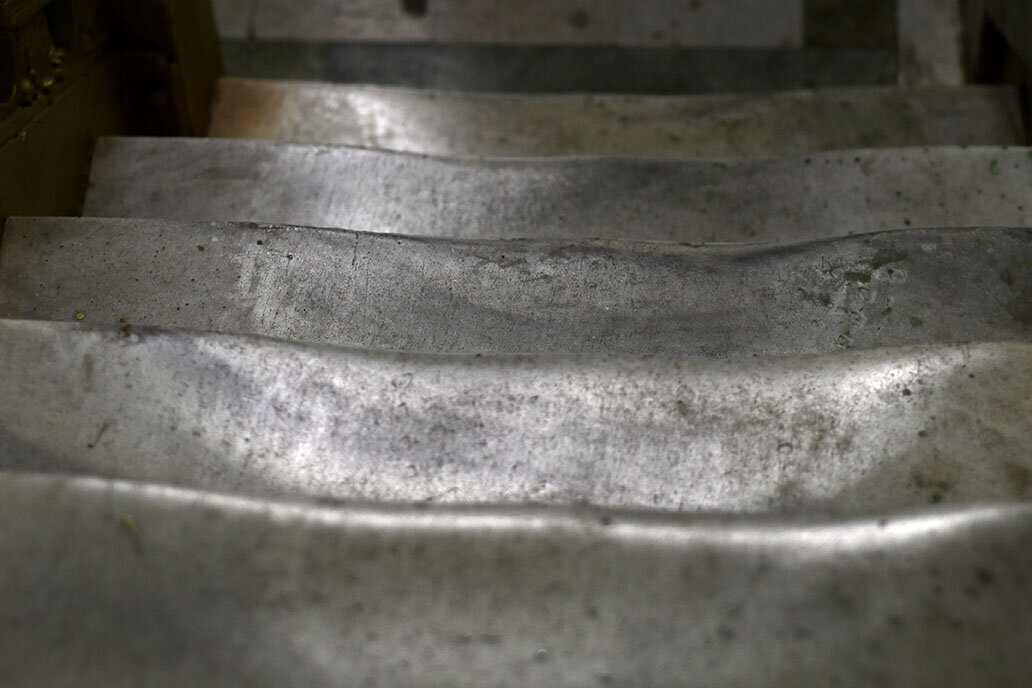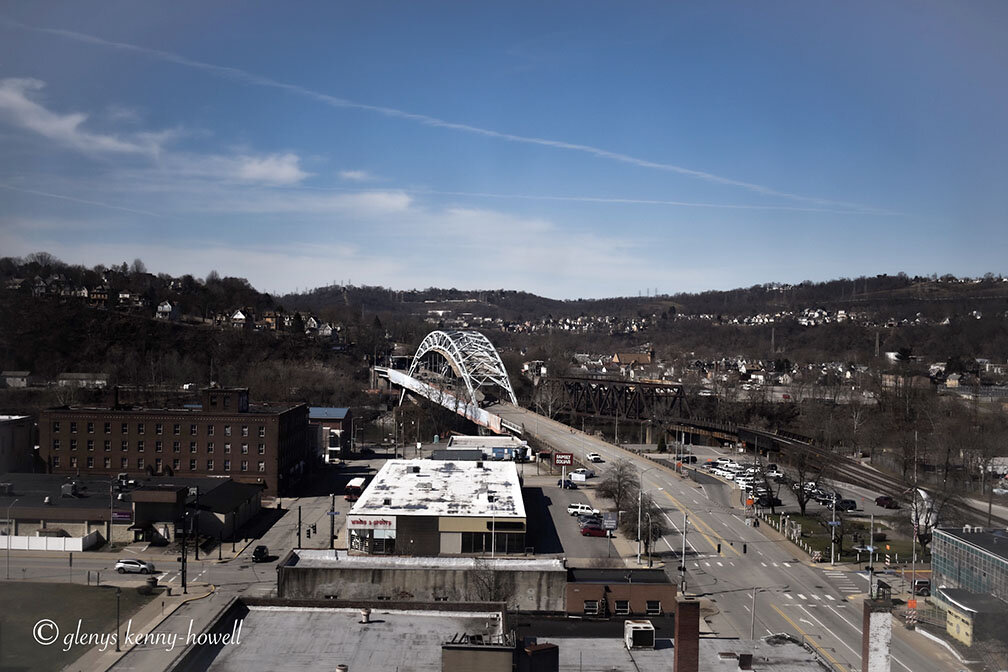The Lonely Old Man's Club
August 20, 2024
Jim and Glenda Busch at their home in White Oak. Glenda had recently been diagnosed with pancreatic cancer.
Photograph by Gabe Szafranski
“We bereaved are not alone. We belong to the largest company in the world
— the company of those who have known suffering.” — Helen Keller
I’ve never been much of a joiner. I never felt the need to join the Rotary Club, the Kiwanis, or any similar group. For most of the last 50 years, I satisfied my need for human companionship by spending time with my wife and our family. It may sound cliché, but she was more than my wife and my lover, she was my best friend. Nothing made me happier than sitting on the couch with her after dinner, watching Jeopardy, and talking about how we spent our days. I am not anti-social. I like talking with others, but I just preferred my wife’s company over anyone else’s.
Three years ago I was forced to join a very exclusive club, a club that I never wanted to join, a club that no one ever wants to join. The initiation to this club is brutal - some don’t survive the ordeal. Anyone can afford the club’s membership dues; no cash is required. The cost of membership is only one broken heart.
I am now a card-carrying member of the Lonely Old Man’s Club (LOMC). I was granted a lifetime membership on July 15, 2021, when my wife, Glenda, succumbed to pancreatic cancer. She lost her fight with the disease exactly two months before what would have been our 49th wedding anniversary. She had what many people would call a good death. After months of enduring terrible pain, she passed away in her sleep in the home we shared for over four decades, with our two children each holding one of her hands.
As far as I’m concerned there was nothing “good” about my wife’s death. It wasn’t supposed to happen this way. We were supposed to grow old and gray together. If one of us was going to “go” first - it was supposed to be me. My wife watched what she ate and carefully monitored her health; I lived on red meat, sugar, and soda and worked in a stressful high-pressure job. I was the poster child for a self-destructive lifestyle.
I never contemplated being left alone. I always assumed Glenda would survive me. This made perfect sense, she knew how to take care of herself, and I didn’t. She had always taken care of me and our kids. How would I go on without her? Aside from practical considerations, I had never done a single load of laundry and my culinary skills were sorely lacking. What would I do without someone to share my life with?
I found myself feeling very homesick in the house where I had lived for over 47 years. I realized that my home wasn’t a structure of wood and shingles; it was any place where my wife was. With her gone, my house was an empty shell with memories hanging in the corners like cobwebs. In addition to learning how to cook, I had to learn how to be sad. I’ve always been a happy person, I’m naturally upbeat and positive. I had a job I liked and, largely because of my wife, I had an idyllic home life. Why wouldn’t I be happy? All that changed when I lost my wife. I felt empty and found myself struggling to get out of bed.
Never one to wear my heart on my sleeve, I took pride in my ability to hide my emotions. Suddenly, I felt like I was walking along the crumbling edge of a deep canyon of grief. I never knew what might bring tears to my eyes. A John Denver song on the radio, one my wife and I used to sing together, forced me to pull over on I-79 for a good cry. Holidays and family events were impenetrable emotional minefields. On these days, I was torn between my desire to be with my family and wanting to spend the day alone in bed.
At first, I thought I was alone in my grief. Like a teenager experiencing their first bout of puppy love, I was convinced no one had ever felt this way in the history of the world. It did not take long to learn I was a member of the LOMC, and that all my fellow members also concealed a shattered soul behind their sad countenances.
Glenda and Jim Busch recreate Grant Wood’s American Gothic painting.
Photograph by Gabe Szafranski
The LOMC is a rather unusual organization. Our meetings seldom attract more than two members, and they are impromptu, never scheduled. I attended my first meeting in Des Moines, Iowa. During a business trip there, I stopped at the Des Moines Art Center. While looking at a piece of sculpture, the volunteer docent came up to me to tell me about the piece. Making conversation, I mentioned that I was from Pittsburgh. He asked me if this was the first time I had visited the museum to which I replied, “No, my late wife and I were here a few years ago.”
Our club members don’t wear pins on our lapels or funny hats like Shriners in a parade. We have no secret LOMC handshake, but we know how to recognize one another. We use a system of secret code words like cold war spies in a Moscow park. One spy says, “The brown dog barks at the half moon” to which his contact replies, “Yes, but the orange tomcat remains silent!”
The LOMC password is not so colorful or mysterious. We simply mention our late wives. This is not difficult to remember. We are always mentioning our wives; it is an obsession with us. The gaping hole in the fabric of our lives always dominates our thoughts. Our LOMC brothers respond by giving the countersign, “I am sorry to hear that…I lost my own wife last year.” Our meeting had begun.
A club is a gathering of people who share a common interest or who have had a common experience. The LOMC is no different, only our members truly understand the pain of losing one’s life’s partner. We understand each other’s secret sadness. We are the “Gloominati.”
With our children and our friends, we hide our emotions. We try to be upbeat and quickly learn to fabricate a convincing smile. When we meet with a LOMC brother, we can let our masks drop. We don’t have to explain how sad we feel inside, how close we always are to shedding the tears we’ve been taught never to shed.
To convene the meeting, we lowered our voices and shared our stories. We had traveled parallel paths, he in Iowa and me in Pittsburgh. We were the same age, had married in 1972, and had both lost our wives to cancer in the summer of 2021. We talked about things that men do not talk about; we talked about loss, love, and learning to do laundry. This was the first and, likely, the only time we would ever meet but we had made a connection. He was my brother. We parted with a long, firm handshake and wished one another well.
Since that first meeting, I’ve attended many others. I had no idea how large the membership of the LOMC was. There was a man I met while writing a story about a model train show. His name was Bill and he told me how his wife Sarah shared his hobby with him. Bill told me with pride, “She loved making scenery. Once our club built a circus and she hand-painted a hundred spectators for the grandstand.” He pointed to a row of trees on his display, “There were supposed to be 10 of them, but she never got to…” His voice trailed off and I saw the tears forming in the corners of his eyes. I felt a lump forming in the back of my throat. He never did finish his sentence. I stood silently, trying to hold back my own tears until he regained his composure. We shook hands and parted without a word, neither of us embarrassed by our display of emotion.
There was Tom, a man in his 80s I met at the library. I was checking out a couple of cookbooks when I casually mentioned that I was trying to teach myself to cook. I joked that, “I had gone from the best cook in the world to the worst.” The old man came up to me and told me about his experiences in the kitchen after losing his wife. We talked about our wives’ specialties and the wonderful meals we enjoyed for decades. Our discussion reminded me of the “In Memoriam” reel at the Oscars, fond memories tinged with sadness.
I have attended LOMC meetings at the supermarket, at the auto parts store, and on the Yough River trail. Every meeting is different and every meeting is the same. The stories and names are different, but the undercurrent of sorrow never changes. As I’ve said, I never wanted to be a member of the LOMC; the entry requirements are far too painful. But now that I’m in, I am grateful for my brothers-in-grief.
Glenda Busch views a sunset from her White Oak home in 2021. She dies two months later.
I always feel a little better after encountering another LOMC member. It is good to not have to force a smile and hide my grief. It is good to spend even a few minutes with those who understand why we treasure our grief. Though our grief is painful to bear, we are grateful for it. The members of the Lonely Old Man’s Club understand the source of that pain. Our grief is the price we pay for having loved deeply and for having been loved. When all is said and done, we know that grief is a small price to pay for a lifetime of love.
- Jim Busch




